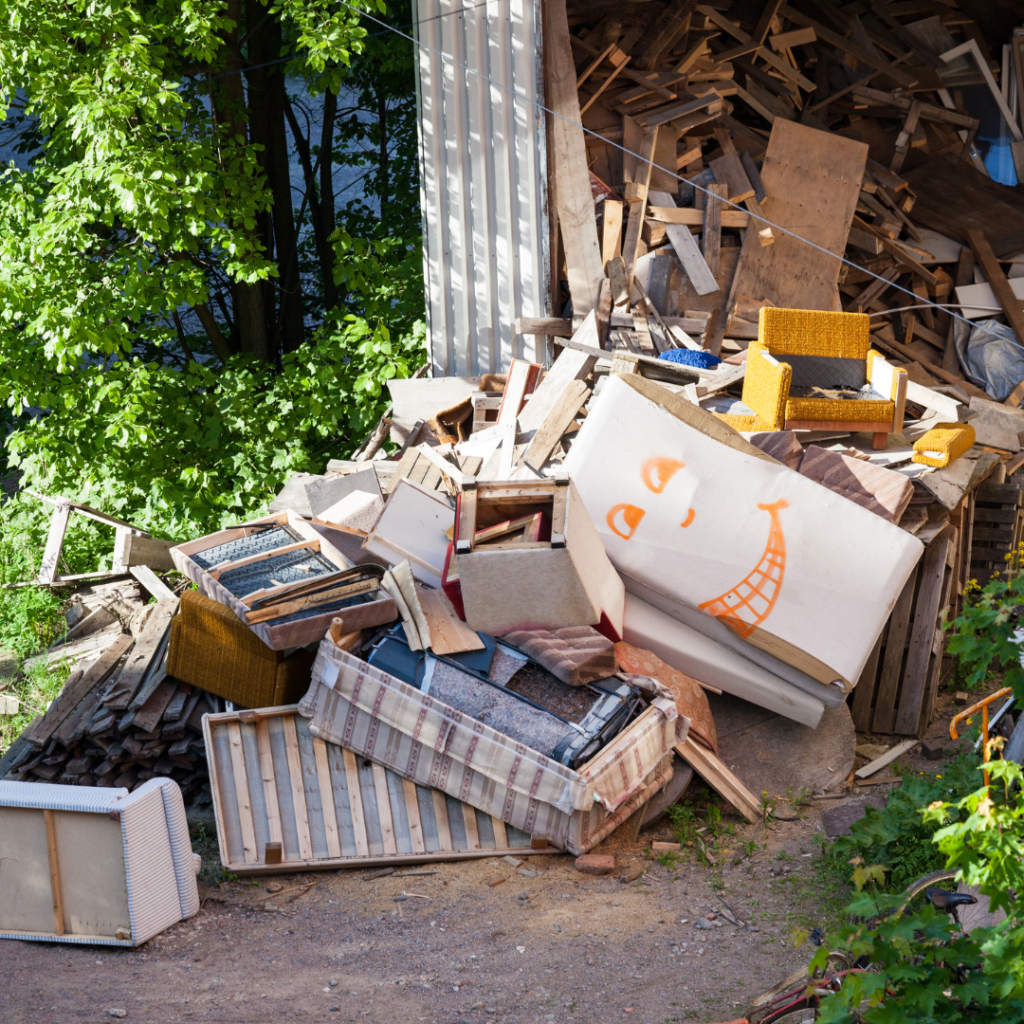In the modern era of rapid urban development and infrastructure expansion, demolition has become an integral part of the construction process. While demolition clears the way for new buildings and infrastructure, it also leaves behind a significant environmental footprint. From air and noise pollution to the generation of vast amounts of waste, the environmental impact of demolition cannot be overlooked. In this blog, we delve into the various ways in which demolition activities contribute to environmental degradation and explore strategies to mitigate these impacts. By understanding the environmental consequences of demolition and adopting sustainable practices, we can pave the way for a greener and more environmentally responsible approach to construction. Join us as we uncover the hidden costs of demolition and discover actionable steps that individuals, businesses, and policymakers can take to minimize its environmental footprint. From embracing recycling and reclamation techniques to investing in advanced demolition technologies, there are numerous opportunities to lessen the environmental impact of demolition and build a more sustainable future for generations to come.
Demolition is often viewed as a destructive process that generates significant environmental impact, including waste generation, air and noise pollution, and habitat destruction. However, by adopting selective demolition techniques, it’s possible to minimize these negative effects while maximizing resource efficiency. Selective demolition involves carefully planning and executing the removal of specific building components, rather than demolishing the entire structure at once. This approach allows for the salvage and reuse of valuable materials, reduces waste sent to landfills, and minimizes the overall environmental footprint of demolition projects.

Traditional demolition methods often result in significant waste generation and environmental impact, as entire structures are demolished and materials are sent to landfills. However, an alternative approach known as deconstruction offers a more sustainable solution. Deconstruction involves carefully dismantling a building to salvage materials for reuse or recycling, rather than demolishing it entirely. This approach not only reduces waste but also preserves valuable resources and minimizes the environmental footprint of construction projects.
Deconstruction is guided by principles aimed at maximizing the recovery and reuse of building materials. Unlike demolition, which focuses on destruction, deconstruction emphasizes systematic disassembly and salvage. Skilled workers carefully remove building components such as doors, windows, flooring, and fixtures, preserving their integrity for reuse in future construction projects.
One of the primary objectives of deconstruction is to salvage as many materials as possible for reuse. Salvageable materials, including wood, metal, concrete, and masonry, are carefully sorted and processed on-site or at specialized facilities. Salvaged materials can be repurposed in new construction projects, reducing the demand for new raw materials and conserving energy.
Deconstruction offers numerous environmental benefits compared to traditional demolition methods. By salvaging materials for reuse, deconstruction reduces the need for new resource extraction and manufacturing, thereby lowering greenhouse gas emissions and energy consumption. Additionally, deconstruction minimizes waste sent to landfills, helping to alleviate the burden on waste management infrastructure and preserve valuable landfill space.
In addition to its environmental benefits, deconstruction creates economic opportunities by generating jobs and supporting local industries. Salvaged materials can be sold or donated to salvage yards, architectural salvage stores, or construction firms specializing in reclaimed materials. This not only provides a source of revenue but also stimulates demand for salvaged materials and promotes circular economy principles.
Successful implementation of deconstruction projects requires collaboration with stakeholders, including property owners, contractors, local governments, and community organizations. Community engagement efforts should focus on raising awareness about the benefits of deconstruction, addressing concerns related to project logistics and timelines, and fostering partnerships to support the reuse of salvaged materials.
The environmental impact of demolition is a significant concern, particularly as it pertains to waste generation, resource depletion, and pollution. However, with proactive measures and responsible practices, such as those employed by JUNKAHAULICS in Raleigh, North Carolina, steps can be taken to minimize these negative effects. By prioritizing recycling, salvaging materials, and utilizing eco-friendly disposal methods, businesses like JUNKAHAULICS demonstrate a commitment to sustainability and environmental stewardship. Through continued innovation and adherence to best practices, the demolition industry can mitigate its environmental footprint while still meeting the demands of development and progress.


JUNKAHAULICS